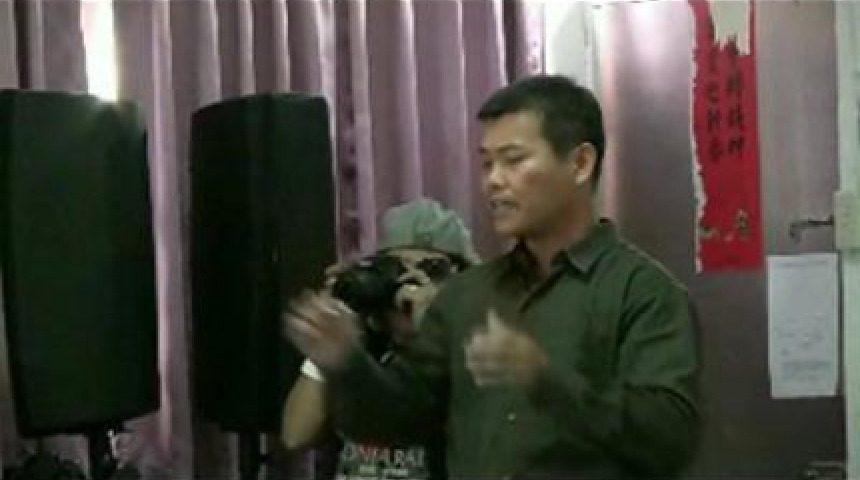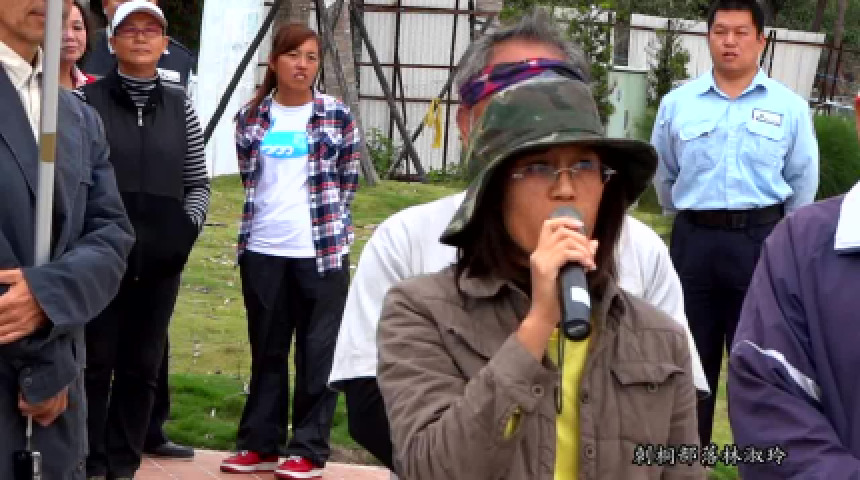Fusing culture and industry allows local cultures to be passed down anew
The shaping of community images is becoming highly valued as each community hopes to find its own distinguishing features from its past culture and history. By fusing culture and industry, communities envision a long-term and sustained development into the future. In Yilan, Baimi Community is one of the most successful examples. Located in Suao County, Baimi Community’s environment was damaged due the mining industry. In addition, as young people migrate away and ageing rural population becoming more and more severe, Baimi was a dwindling community. Hoping to find a new direction for community development, its inhabitants decided to refresh their knowledge about the area and subsequently discovered that Baimi Community was once famous for making clogs. Thus, the government’s policy to push for community reconstruction, the chance came for Baimi Community to save itself from the brink of desertion.
The Baimi Clog Museum located in Suao used to be a dormitory for employees. At first, the Clog Museum was a plain, single-floored building, and through time slowly evolved into today’s three-storey hall. “Thanks to the support of tourists, we decided to expand the originally limited size into the more spacious hall today.” This allowed more room for exhibitions and also a more comfortable and roomy space for visitors.
How does a community combine culture with industry, and at the same time avoid lapsing into short-term events and celebrations that lack culture refinement? Baimi Community may provide the answer to this.
When we came to the Clog Culture Hall in the community, the first thing we heard was the unique rhythm of clogs traversing the floor – a sound gradually disappearing in the modern life we lead. In here, every step of clog production was purely handmade, and every pair of clogs is unique. With the clog-makers’ sculpturing and painting, clogs have evolved from purely functional to represent the value of living.
“What’s the advantage of clogs? One will not develop Athlete’s foot while wearing clogs…” As soon as we enter Baimi Clog Museum, we can see the guides enthusiastically explain the benefits of clogs. When we asked about the reason for establishing the Clog Museum, Mr. Rei-Mu Lin, president of the Baimi Community Development Council, answered,
“當政府推廣社區改造的政策,正是一個可以將白米社區從垂死邊緣救回來的機會… …不僅可以做推廣的動作,更是可以保存好木屐這項傳統文化。”
“In the beginning, we wanted to establish the museum in response to the government’s community reform policy. Also, we hoped to pass down the clog culture.”
In the Clog Museum, clog-makers instruct visitors on how to make the mold for clogs. On the other side, we can see demonstrations of clog sculpturing and narrators explaining the differences in various sculpting methods. Contrasting to the guides’ continual speeches, the clog-makers silently but accurately demonstrate all the sculpting methods.
Also, the museum also exhibits many special clogs. The wall-standing punishment clog is an example of the unusual exhibits. The guides expressed that this particular pair of clogs has a high toe and low heel design that makes the wearer stand straight and tall. This kind of clogs is suitable for those who want to correct their hunchback pose. Other than the punishment clog, the museum also exhibits the Qing Princess clogs, foot-binding clogs and such. The vast varieties of clog collection in the museum often leave tourists bewildered and dazed.
Rei-Mu Lin said, “we hope to deepen our root through the Clog Museum.” Suao, Yilan is a renowned region for the clog industry. However, as plastic slippers slowly replaced clogs, the young people nowadays are relatively unfamiliar with clogs when compared with their elders. Establishing the Clog Museum can advertise and, more importantly, preserve this traditional culture.
Baimi village is located in the southwest of Suao County and is a community surrounded by mountains. It was formerly named Baimi Urn and was the starting point of Suhua Passage excavation back in Qing Dynasty.
Baimi Community does not produce rice, as its Chinese name suggests. From the time of Japanese domination, the village developed its mining industry. Having rich sources of raw material needed for concrete, the village’s production of “baimi tsi” was the top of the whole nation, thus getting its name.
Yet because of the numerous concrete factories in the area, Baimi Community was also the region with highest amount of dust fallout in the country. The airborne particles created by all the mining factories caused an eternal layer of dust on all plants. The road was infected with countless vehicles carrying gravel and dirt.
Then, community consciousness started to emerge and residents became strongly concerned to all kinds of environmental issues. Locals protested against various industrial pollution to the water and continued to push for environmental movements. Lastly, the factories brought up a friendly proposal to settle the issues, and eventually the area’s environmental quality improved with time.
The mountain near Baimi village is rich with the wood needed to make clogs - Schefflera Tree, and thus developed the clog industry. Baimi became an important supplier of Taiwan’s clogs, and thus the clog village was originated.
During Japanese domination, any lumbering in the forest was strictly prohibited and thus made it difficult to obtain raw material for clogs. However, in order to make money for their living, clog-makers had to take the risk and try to get some wood on the mountains. Time was hard for the people in the clog industry.
Due to the changes through time, industries like this are gradually wilting away. In order to regain the reputation of the clog industry and Baimi village, a group of enthusiastic community history worker awakened the community’s consciousness. They started to collect and learn the techniques of clog making, slowly bringing back the declined industry. Clogs are no longer just footwear, but can also be used for painting, decoration and appreciation. Nowadays, Baimi Clog Village is now a well known sightseeing spot – the gravel vehicles have been replaced by tourist buses.
For the village, the Clog Museum retained their memories and also created employment opportunities. Employees in the museum are diverse in age and include both male and female. In their eyes, we can see Baimi-er’s confidence, their enthusiasm, persistence in passing down the art, and their pride in successfully reconstructing their community.
Here, clogs are redefined from “daily necessity” to “handmade art work” representing a culture. The Baimi people not only generated a new life for clogs, but also found a new direction of development for this community.




回應文章建議規則: